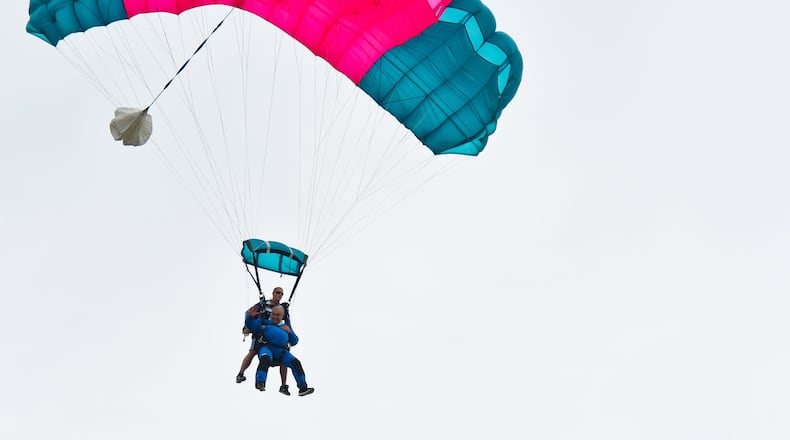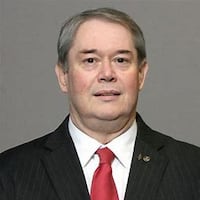“The USPA does not agree with the intention to move the current parachute drop zone to a new location on the airport, nor do we agree that there is any reason for doing so,” Scott wrote.
Scott said Quadrex was not a USPA member and did not contact USPA for information about skydiving safety or parachute drop zones design. Scott said USPA offers free assistance in designing landing zones for airport owners.
Acting City Manager Susan Cohen declined to comment on the USPA letter. Council members have been advised by Law Director Ben Yoder not to comment.
Scott said the drop zone made up of three areas was set up about 11 years ago in compliance with USPA and Federal Aviation Administration guidance at that time.
“It is still in compliance. Nothing in the Federal Aviation Regulations, FAA guidance or USPA Basic Safety Requirements regarding parachute drop zone design and location has changed in the time — contrary to what is claimed in the Quadrex report,” Scott said.
Scott said the FAA study referenced and relied on by Quadrex was written in 2012 was never adopted or supported as official policy by the FAA, a fact he claims was omitted from the Quadrex report.
David Byers of Quadrex Aviation said he did not conduct a safety study and the information he provided was a four-page memo responding to general questions from city officials. He said the memo was not a safety study as claimed in USPA’s letter.
Scott said following the Quadrex report recommendations will “increase the risk of serious injury or death for all users of the Middletown Airport.”
John Hart II, founder and co-owner of Start Skydiving, said the company did not ask USPA to send the letter to the city.
“City employees made false claims that they had communicated with the USPA and that the USPA now supported their decision,” Hart said. “It looks to me like the USPA is calling the city out for this deception.”
Hart II said the family-owned company has been looking at other locations to move to since May 5 council meeting during which the city council approved the landing zone move, as Quadrex recommended in its report.
When Start Skydiving opened for the season on June 12, it continued to use the landing drop zones as before.
Hart II said the Team Fastrax skydiving team would perform a pyrotechnics show over the city on July 3 as their “farewell performance” because of the disagreements with the city.
“We love the community of Middletown and want to continue to be a part of it in every way,” he said.
Hart II has been in an ongoing dispute with city officials concerning landing zones, safety and hangar lease issues.
“This is not a fight with the city, it is about doing things properly and utilizing all of the FAA resources available to make a proper decision,” Hart II said. “We have nine years remaining on our lease and hope to be in Middletown well beyond this.”
In a letter to the city that included a response to claims made by USPA and Start’s attorney Richard Durden, Byers said there there is no evidence that the current drop zone was approved by the FAA and that the FAA’s Flight Standards District Office (FSDO) in Cincinnati was ever consulted. He said neither the FAA nor the city has a copy of any approvals.
Byers also said “the city has the proprietary right to consider other areas” for a landing zone. He wrote that “this appears to be a common tactic used by commercial skydive operators to challenge sponsors’ actions that could have an impact on their operations. USPA maintains a legal fund for its group members.”
Mike Millard of the FAA Flight Standards Office in Washington, D.C., said the FAA wants to better understand the need for the proposed change in landing zones, what made it dangerous, and other safety questions before commenting further.
About the Author

